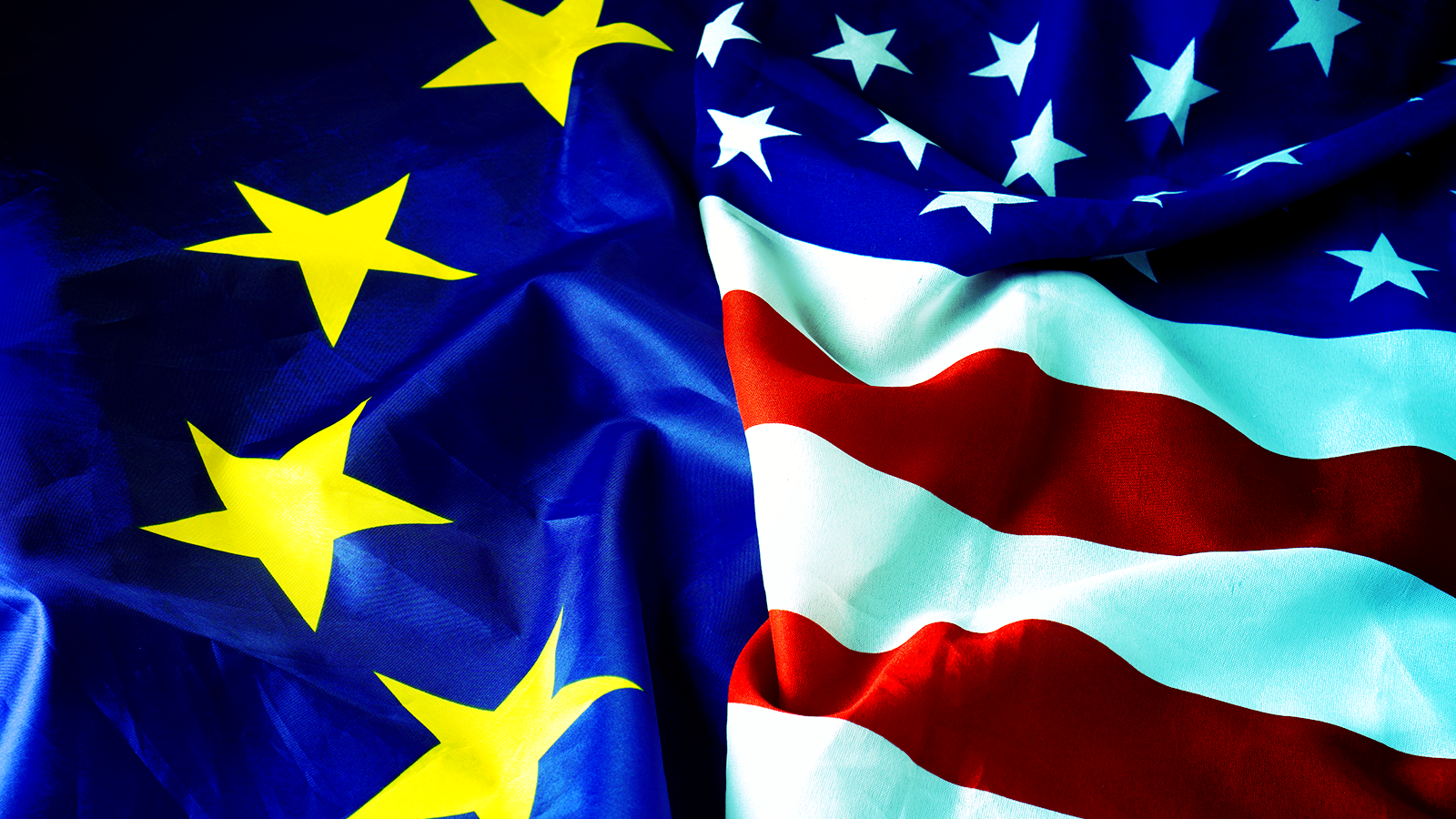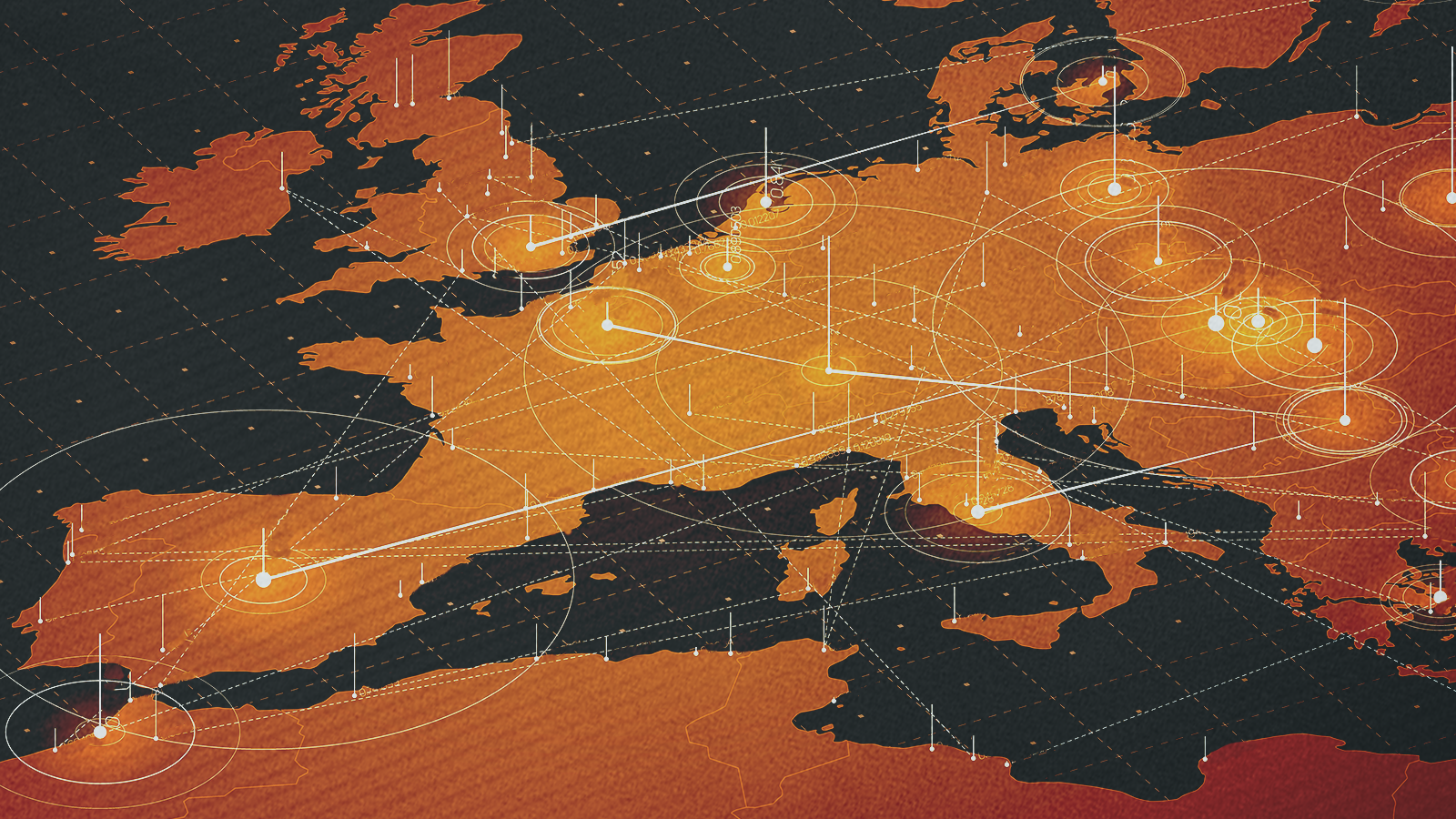The European Union and United States combined to wallop Russia’s energy giants with new sanctions this week, dramatically intensifying the West’s pressure to end the war in Ukraine amid stalling peace talks.
The EU placed transaction bans on state-owned Rosneft and Gazpromneft as part of its broader 19th sanctions package against Russia, which leaders approved Thursday after a month of negotiations. Late Wednesday afternoon, the U.S. had unexpectedly designated Lukoil and Rosneft, mirroring the U.K.’s own measures last week.
The United States’ sanctions were its first to target Russia under the second Trump administration. Both jurisdictions framed their respective moves as needed escalatory measures to force Russian President Vladimir Putin to negotiate.
“It is becoming increasingly difficult for Putin to finance his war,” EU foreign policy chief Kaja Kallas said in a news release. “Every euro we deny Russia is one it cannot spend on war.”
“Now is the time to stop the killing and for an immediate ceasefire,” U.S. Treasury Secretary Scott Bessent said. “Given President Putin’s refusal to end this senseless war, Treasury is sanctioning Russia’s two largest oil companies that fund the Kremlin’s war machine.”
Here’s what to know.
The EU placed transaction bans on state-owned Rosneft and Gazpromneft as part of its broader 19th sanctions package against Russia, which leaders approved Thursday after a month of negotiations. Late Wednesday afternoon, the U.S. had unexpectedly designated Lukoil and Rosneft, mirroring the U.K.’s own measures last week.
The United States’ sanctions were its first to target Russia under the second Trump administration. Both jurisdictions framed their respective moves as needed escalatory measures to force Russian President Vladimir Putin to negotiate.
“It is becoming increasingly difficult for Putin to finance his war,” EU foreign policy chief Kaja Kallas said in a news release. “Every euro we deny Russia is one it cannot spend on war.”
“Now is the time to stop the killing and for an immediate ceasefire,” U.S. Treasury Secretary Scott Bessent said. “Given President Putin’s refusal to end this senseless war, Treasury is sanctioning Russia’s two largest oil companies that fund the Kremlin’s war machine.”
Here’s what to know.

Ukraine President Volodymyr Zelenskyy, left, and EU Council President Antonio Luis Santos da Costa talk Thursday before an EU summit in Brussels. (Nicolas Economou/NurPhoto via Getty Images)
What the EU’s package does
1. Phases out EU imports of liquified natural gas from Russia. The ban will take effect in two segments, the EU said:- Short-term gas contracts will need to terminate by April 25, 2026.
- Long-term gas contracts—those which last for over one year and were entered into before June 17, 2025—will need to wind down by Jan. 1, 2027.
2. Sanctions a further 117 vessels in Russia’s oil-shipping shadow fleet. EU Commission President Ursula von der Leyen linked these latest designations—which bring the EU’s total to more than 550 sanctioned shadow-fleet vessels—to the bloc’s efforts to “strengthen enforcement” of the oil price cap.
- The EU lowered that cap in July to $47.60 USD per barrel, in tandem with the U.K., Canada, Japan and other countries outside the G7.
- The U.S., which expressed opposition to such a move, has left the $60 cap in place.
The EU also moved to prohibit transactions in a cryptocurrency, the stablecoin A7A5, and sanctioned both its developer and a platform fueling its trade.
4. Hits Russia’s military facilitators, subjecting 45 new entities to heightened export restrictions for certain sensitive items and expanding the EU’s list of banned exports.
The EU said the entities, including 12 in China or Hong Kong, had provided direct or indirect support to the Russian military-industrial complex, including by circumventing export controls related to drone production.
5. Broadens what and who else can be targeted in future measures. “The 19th package will not be the last,” Kallas said, and the EU approved provisions allowing:
- sanctions against those who contribute to the “abduction, forced assimilation and militarised education of Ukrainian minors.”
- transaction bans against ports in third countries “that are instrumental to the Russian war effort.”
What the U.S. sanctions do
The U.S. moves, which landed just a day after the White House said it had tabled a planned meeting with Putin in Budapest, were more narrowly tailored. But in addition to sanctioning Rosneft and Lukoil the U.S. also targeted subsidiaries of both, adding 28 Rosneft affiliates and six Lukoil ones to its sanctions list.- The move effectively freezes the companies’ assets and prohibits U.S. persons from engaging in transactions with the two companies.
One immediate impact: Oil prices jumped more than 4% on Thursday as markets reacted to the U.S. sanctions and the EU gas phase-out.
Three takeaways
1. The West shows teeth: The possibility of new U.S. sanctions on Russia appeared to have stalled out over the summer, only for Wednesday’s surprise oil bombshell to drop. The EU, in its own multipronged rollout, then ratcheted up the pressure on Russia’s oil and gas sector, which von der Leyen called “the heart of its war economy.” Rosneft, Lukoil and Gazprom, Gazpromneft’s parent, are the three largest companies in Russia, after all, and their oil and gas products have continued to flow around the world during the war. No industry target has more potential to force Putin to negotiate, policy experts have told the Brief.2. Wide exposure: Those companies’ reach makes for a distinct compliance challenge, too, especially given the U.S.’s threat of secondary sanctions. Oil traders and brokers in third-country hubs, particularly in China, India, the Middle East and Central Asia, will require extra scrutiny.
3. A crypto crunch: The EU’s move raises the stakes of crypto monitoring and suspicious-activity reporting for banks and Virtual Asset Service Provider (VASPs). Particular scrutiny is likely to fall on cross-border transactions routed via jurisdictions with weak cryptocurrency controls and on payments through banks linked to Russia’s alternative systems.
More from the Kharon Brief:







